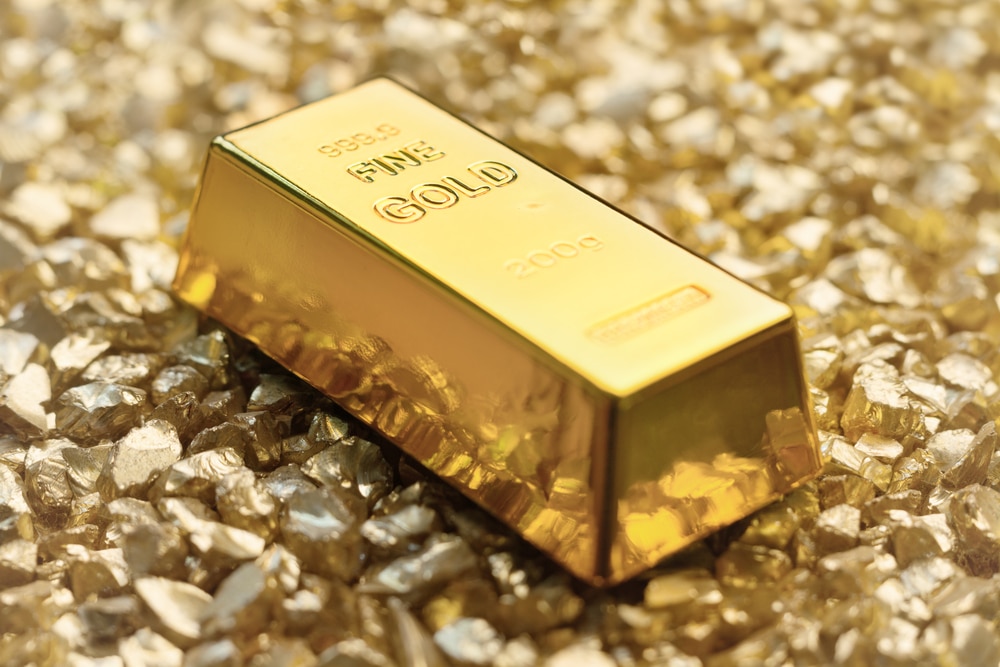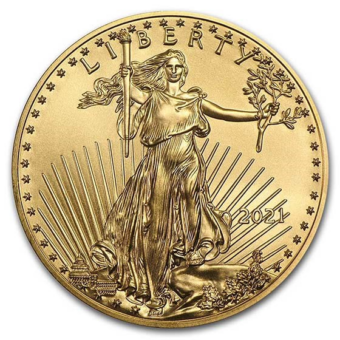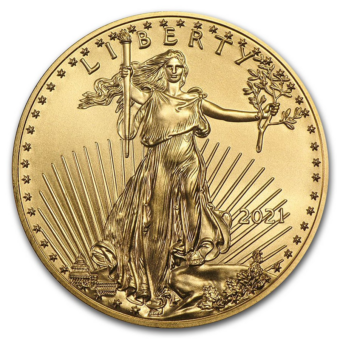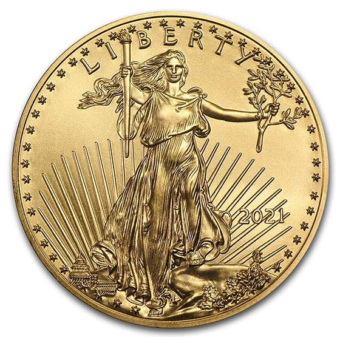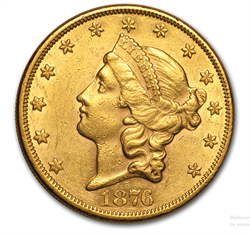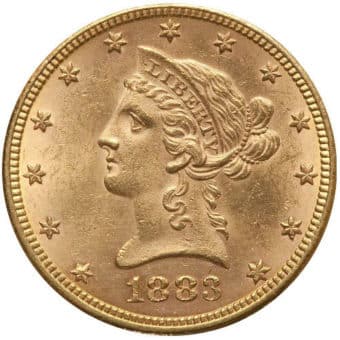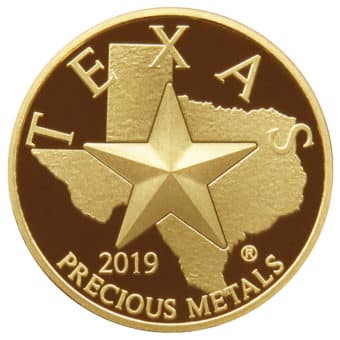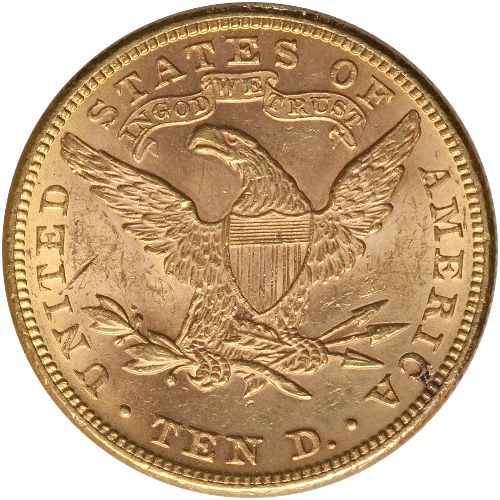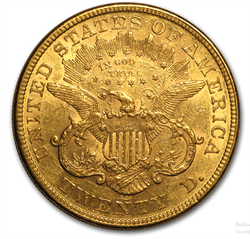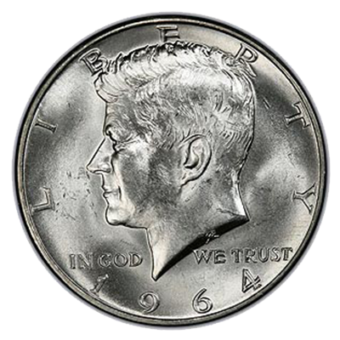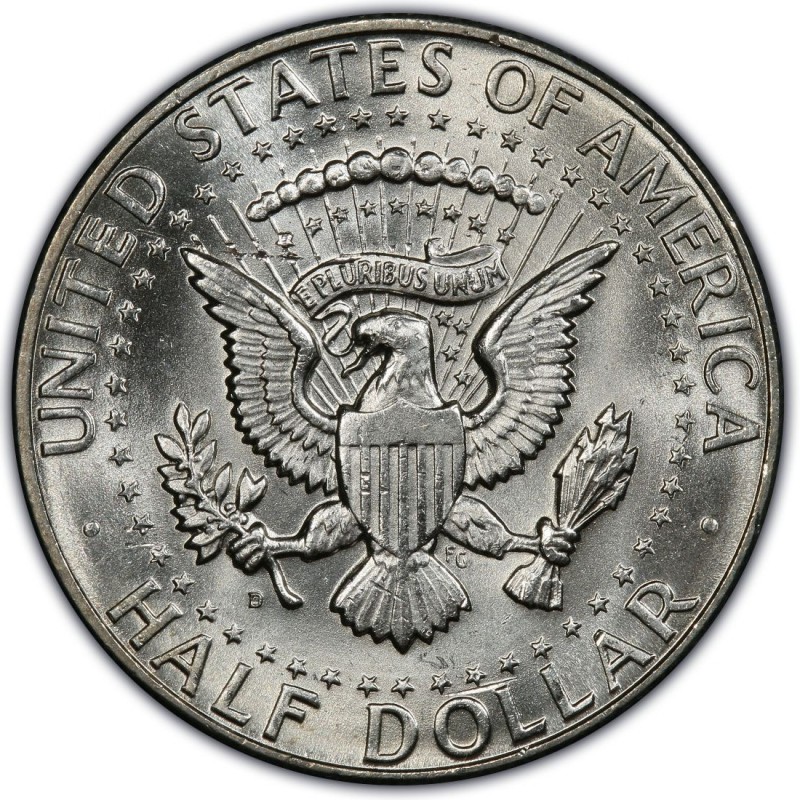A Daily Journey Through the Week's Market
Monday - 5.13.24: Gold prices are lower in early U.S. trading Monday, with June gold down $24.50 at $2,350.50 and July silver near steady, down $0.006 at $28.50, as short-term futures traders take profits. Asian and European stock indexes were mixed overnight, and U.S. stock indexes are expected to open slightly higher. It’s a quiet start to the trading week with no major U.S. economic reports due today.
Tuesday - 5.14.24: Gold prices saw a decline, with June futures down $18.55 to $2,376.35. This drop came as traders adjusted positions ahead of key U.S. inflation data releases later in the week. Silver prices also experienced slight fluctuations, with July futures steadying around $28.50. Market sentiment was influenced by mixed performance in global stock markets and expectations surrounding the U.S. producer price index (PPI) and consumer price index (CPI) reports, which could provide insights into future Federal Reserve policy decisions.
Wednesday - 5.15.24: Gold prices are higher in early trading following a cooler-than-expected U.S. inflation report, with gold trading at $2372.41, up $14.29, and silver at $29.05, up 43 cents. President Joe Biden has announced intensified tariffs on Chinese imports, including electric vehicles, semiconductors, and solar cells, to protect American jobs and counteract China's trade practices.
Thursday - 5.16.24: Gold prices are slightly lower and silver modestly up in early U.S. trading Thursday, with June gold down $5.40 at $2,389.40 and July silver up $0.171 at $29.89, as both metals pause ahead of a busy day for U.S. economic reports. Silver hit a five-week high overnight, poised to surpass April's high to reach a three-year peak. The U.S. dollar index is slightly up, crude oil prices are weaker at $78.25 a barrel, and the 10-year Treasury note yield is 4.34%.
Friday- 5.17.24: Gold and silver prices rose slightly in early U.S. trading Friday, with silver nearing its three-year high from April. Bullish technical charts continue to attract speculators to these markets. June gold increased by $6.10 to $2,391.60, while July silver rose by $0.089 to $29.965. The Eurozone April consumer price index increased by 2.4% year-on-year. China's April industrial output rose by 6.7% year-on-year, surpassing expectations. Comex copper futures hit a record high above $5.00 a pound this week amid talk of a short squeeze.
The Immaculate Acceleration Lie: How Wall Street is Ignoring Economic Reality
Wall Street's latest fantasy is an "immaculate acceleration" where the economy booms without triggering inflation. This wishful thinking ignores glaring red flags. Economic indicators point to volatility and recession, yet markets act like nothing’s wrong. Retail sales are slumping, consumer spending is down, and credit card debt is skyrocketing—none of this spells growth. Then there’s the inverted yield curve, a near-certain predictor of recession, yet investors are blind to it. The harsh reality is that this so-called immaculate acceleration is a delusion. The disconnect between market hopes and economic reality raises a crucial question: can this immaculate acceleration really last, or is a harsh deceleration inevitable?
Gold and Silver Prices Surge Amid Stagflation Fears
Gold and silver prices are on the rise as fears of stagflation grip the market, driven by geopolitical tensions and nuanced inflation indicators. Despite resistance at recent highs, precious metals are consolidating for a potential upward trajectory, with gold aiming for $2,600 and silver potentially surpassing $35 to even $40. Some market experts emphasize that while the Federal Reserve remains hesitant to ease interest rates, the broader economic landscape points towards stagnant growth coupled with rising consumer prices. As investors seek safe-haven assets, experts advise an equal weighting in gold, silver, and miners, with a slight lean towards silver and miners due to their growth potential, while also suggesting diversification into energy commodities like uranium, copper, and natural gas amidst the evolving AI revolution's energy demands.
Gold to Lead Precious Metals Surge: World Bank Predicts 8% Rise in 2024
Precious metals are set to see an 8% increase in prices in 2024, with gold at the forefront, according to the World Bank’s latest forecast. The surge is driven by strong demand from emerging markets and central banks amid geopolitical tensions. Gold reached a nominal all-time high in April, and silver and platinum are also on the rise, though their performance may waver if industrial demand slows. The World Bank attributes the gains to safe-haven demand and robust buying from countries like China and India, projecting continued price growth across the precious metals sector.
Gold's Meteoric Rise: $2,500 in Sight This Week
Gold is on the brink of shattering its all-time highs, with prices potentially soaring to $2,500 per ounce this week. Analysts predict that gold has broken out of a bearish pattern, overcoming resistance levels and setting the stage for a significant rally. Despite recent pullbacks, technical indicators suggest a bullish trend, with key Fibonacci retracement levels providing support. As gold prices approach the critical $2,400 mark, the market is watching closely to see if the yellow metal can maintain momentum and hit new heights.
The Crushing Cycle of Debt Ensnaring American Households
As Americans grapple with a soaring mountain of debt, a staggering $17.69 trillion marks a new peak in household indebtedness. The New York Fed's latest figures reveal a troubling surge in mortgage balances, but the more sinister tale is told through rising credit card delinquencies, now at their highest since 2012. As high interest rates compound the woes of those already struggling, the American dream is being overshadowed by the nightmare of an endless debt cycle. More than mere numbers—this crisis is about the lives and mental health of countless individuals who find themselves trapped, with escape seeming more like a fantasy than a feasible plan.
Can Gold Reach $27,000 an Ounce?
Jim Rickards recently updated his gold price forecast, predicting it may exceed $27,000 per ounce, up from his previous estimate of $15,000 by 2026. This rigorous analysis stems from examining the potential return to a gold standard amid potential crises like excessive money creation or a new financial crisis. Rickards calculates that to maintain confidence in a new gold standard, 40% of the U.S. M1 money supply ($17.9 trillion) should be backed by gold, necessitating a gold price of $27,533 per ounce. Despite the improbability of central bankers voluntarily returning to gold, Rickards believes such a shift could become necessary to restore monetary stability.
Jamie Dimon Urges Action on U.S. Deficit to Avoid Crisis
JPMorgan Chase CEO Jamie Dimon reiterated his warning that the U.S. must address its fiscal deficit before it triggers a crisis. He highlighted the nation's 6% deficit and the long-term impact of COVID-related spending, noting that while borrowing can drive growth, it may not lead to sustainable growth. Dimon emphasized the urgency of focusing on deficit reduction to prevent future economic turmoil, cautioning that delaying action will force more drastic measures in response to market pressures.
BRICS to Launch Decentralized Financial System to Challenge U.S. Dollar
The BRICS economic alliance is poised to launch a decentralized financial system called The Unit, aiming to reduce dependence on the U.S. dollar. This system, developed with the BRICS+ Business Council, seeks to address geoeconomic challenges by implementing cross-border payment solutions and introducing a new international currency. Anchored 40% by gold and 60% by BRICS nations' currencies, The Unit aims to integrate with traditional and digital banking infrastructures. Set to potentially become official policy by 2025, this initiative marks a significant step in BRICS' ongoing de-dollarization efforts.
Trump's Plan to End Currency Wars Through Decentralization
Amid speculation of a Trump re-election, reports have emerged about his plan to devalue the U.S. dollar to boost exports and create jobs. Critics warn this could spur inflation and provoke retaliatory devaluations by other countries. However, Trump's goal is not to start a currency war but to end it by implementing a strategy similar to the successful Plaza Accord of 1985. This plan, advised by Robert Lighthizer, aims to create order in currency markets and foster global economic stability, potentially ushering in a new era of prosperity.
Next Week’s Key Events
Monday, May 20
● None scheduled
Tuesday, May 21
● 7:00 pm: Cleveland Fed President Loretta Mester, Atlanta Fed President Raphael Bostic, and Boston Fed President Susan Collins speak together on a panel
Wednesday, May 22
● 10:00 am: Existing Home Sales (April)
● 2:00 pm: Minutes of Fed's May FOMC meeting
Thursday, May 23
● 8:30 am: Initial Jobless Claims (May 11)
● 9:45 am: S&P Flash U.S. Services PMI (May)
● 9:45 am: S&P Flash U.S. Manufacturing PMI (May)
● 10:00 am: New Home Sales (April)
● 3:00 pm: Atlanta Fed President Raphael Bostic speaks
Friday, May 24
● 8:30 am: Durable-Goods Orders (April)
● 10:00 am: Consumer Sentiment (May)
IMPACT ON PRECIOUS METALS MARKETS
Fed Speakers: Speeches from Fed officials can influence gold and silver prices through their comments on monetary policy, which may affect the U.S. dollar strength and investor sentiment towards safe-haven assets.
Initial Jobless Claims: Lower jobless claims generally signal a strong labor market, potentially boosting the USD and negatively impacting precious metals. Higher claims might have the opposite effect.
Existing Home Sales: Strong home sales can signal economic strength, potentially leading to higher interest rates and a stronger dollar, which might negatively affect gold and silver prices. Weak home sales could have the opposite effect.
Minutes of Fed's May FOMC Meeting: The minutes provide insights into the Fed's view on the economy and future monetary policy. A more hawkish tone could lead to expectations of higher interest rates, pressuring gold and silver prices lower. A dovish tone could support higher prices for these metals.
Initial Jobless Claims: Lower-than-expected jobless claims indicate a stronger labor market, potentially leading to higher interest rates and a stronger dollar, which can negatively impact gold and silver. Higher-than-expected claims might have the opposite effect.
S&P Flash U.S. Services PMI: A strong services PMI can indicate economic expansion, potentially leading to higher interest rates and a stronger dollar, which can negatively impact gold and silver prices. A weak PMI could support higher prices for these metals.
S&P Flash U.S. Manufacturing PMI: Similar to the services PMI, a strong manufacturing PMI can signal economic strength, potentially leading to higher interest rates and a stronger dollar, which might negatively affect gold and silver. A weak PMI could have the opposite effect.
New Home Sales: Similar to existing home sales, strong new home sales can indicate economic strength and potentially lead to higher interest rates and a stronger dollar, negatively impacting gold and silver prices. Weak sales could support higher prices.
Durable-Goods Orders: Strong durable-goods orders indicate economic strength and potential higher interest rates, which can lead to a stronger dollar and negatively impact gold and silver prices. Weak orders might support higher prices.
Consumer Sentiment: Strong consumer sentiment indicates confidence in the economy, potentially leading to higher interest rates and a stronger dollar, negatively impacting gold and silver prices. Weak sentiment could support higher prices for these metals.


